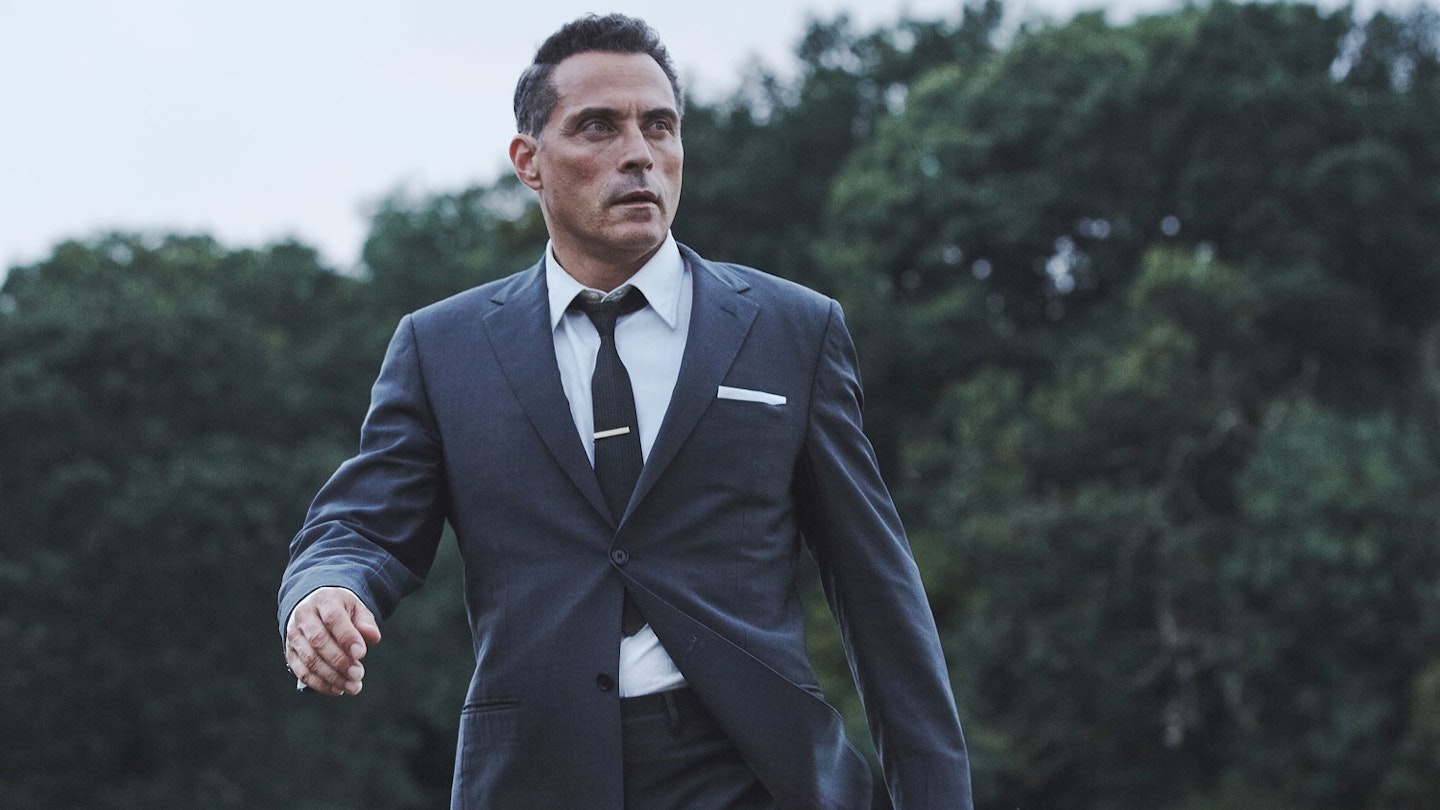Dead creatures abound in The Pale Horse, the latest in a remarkable run of Agatha Christie adaptations by Sarah Phelps. Within the first few minutes of this two-parter, there are glimpses of a snake preserved in a jar, a dead rat in a sink, and a stuffed polar bear, all adding to the overall tone of dank, queasy depravity. Classic Phelps, in other words.
Set in 1961, when the original Christie book was published, the title is both a biblical reference to the animal on which Death rides, as well as the home of three modern-day self-identified witches, located in the gloriously named Surrey village of Much Deeping. One of these elderly practitioners of the dark arts is found dead at the start of the story, with a hand-written list of names stuffed in her shoe. Among them is Mark Easterbrook (Sewell), a widowed antique dealer whose first wife took her own life and is now newly married to Kaya Scodelario’s wonderfully cynical Hermia, who turns the stuffing of a vol-au-vent into a powerful expression of pent-up rage. Just to add to Easterbrook’s rather complicated personal situation, he also wakes up next to a dead young woman in his bed.
As Easterbrook undertakes his own investigations, taking him to the village where the locals don creepy masks made of straw and practice bizarre Midsommar-style rural rituals, one deeply intriguing mystery piles on another. Phelps’ ingenious, entirely gripping script touches on class conflict and rich-white-male entitlement, exposing the nasty underbelly of polite society with tightly controlled contempt. As one posh boy character says of Much Deeping, “It sounds pornographic – so I’m all in favour”. Us too.
